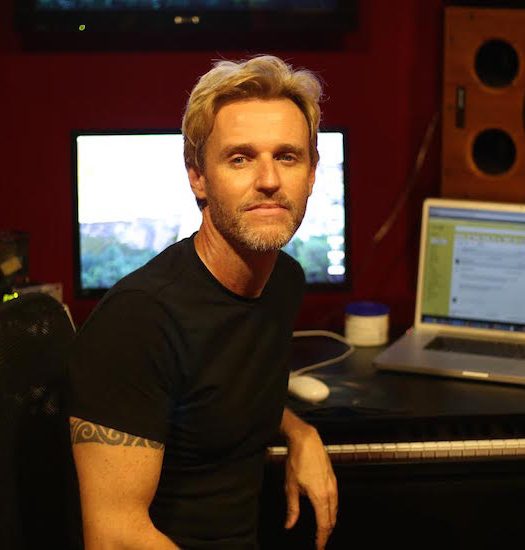‘Shooting on 5D turned out to be an advantage’ : Pooja Gupte
Cinematographer Pooja Gupte talks about shooting her debut feature Crossing Bridges with a 5D Mark II. The film went on to win a National Award.

What’s your background? How did your filmmaking journey start?
I was born and brought up in Pune. I did post graduation in Motion Picture Photography from Satyajit Ray Film and Television Institute (SRFTI), Kolkata. I met Sange there and we worked together for our final diploma project. In 2012 I got selected for Berlinale talent Campus from India. I assisted Mr Kiran Deohans initially after film school. I have shot commercials, short films and documentaries independently. Recently I shot a short film Stray Dogs directed by Atanu Mukherjee, which won Best film in Cinema city film Festival Serbia. Another short-film shot by me The Gatekeeper again directed by Atanu will release on August 15.
What made you choose a Canon 5D Mark II to shoot your debut feature?
Director Sange and I had been discussing the script for a long time after passing out from film school. Once we got some financial support we were trying to figure out the logistics to execute the project. Sange had a 5D mark II, so we thought of giving it a try. We tested the camera in all conditions that our film demanded and we checked the result on a big screen. This helped us to figure out our workflow and used the camera to its utmost advantage.
Was it an advantage or a limitation working within the given resources?
We were working with non-actors and real locations with a minimal crew. We would carry our own equipment and set it up ourselves. Most of the time we had to work around the situations to its best but at the end I think it worked as an advantage for us. I am very happy with what we have achieved.
What did your shooting gear consist of?
We had a very minimal camera set-up. The lenses I used were Canon L-series lenses, 16mm to 35mm, 50mm and 28mm-300mm. My light set-up was all the more minimal and pretty much what was available from Assam. I mostly used tungsten fresnel light 1k, 2k and 5k. Since we didn’t have the budget for HMI, I had to gel tungsten lights to daylight balance and also had to diffuse them which resulted in low apertures inside the house but as I said earlier we tried to do the best with what we had. Especially in the protagonist Tashi’s house, which was a very small space and not having the luxury of grips or smaller lights I had to use Hurricane light as my key source in most of the night scenes. Some of the night scenes, I had to shoot almost 1200 ASA to get minimum exposure, as we did not have enough lights to pump in or generator cables. In some of the night scenes I had to make conscious decision of shooting day for night as I knew that the kind of detailing the vast locations needed, it was not possible with such minimal light sources. Exteriors day scenes, I shot on higher apertures to get good depth of field.

What were the weather conditions during the shoot?
We were shooting in the month of December as we had snow scenes in our script. The temperature was mostly zero or in minus. The biggest worry was battery draining; hence we were continuously charging the camera batteries. I got very less light hours and had to work around constantly changing light conditions. I remember one scene in the restaurant, we were shooting it in a bright sun light and all of a sudden it got cloudy. Hence we had to reshoot the initial portion in overcast light again for the continuity. As we reached its end it got sunny again. Most of the time the weather and light dictated us but we worked around it. Other than this we did a lot of trekking and climbing on the mountains to reach our locations, which was very exciting. Since we were a small unit, all of us multi-tasked during the shoot. After the shoot I would transfer the footage, back it up in three hard drives and then sit on the next day’s scheduling with our associate director. Such experiences are a great opportunity to work on other parts of filmmaking.
What’s the director’s brief for the cinematography of the film.
Sange wanted to tell a story in a realistic manner using static camera and slow movements. I agreed on this approach as the storytelling was subtle and observational. We also made a conscious decision to exclude the scenery and follow our characters as much as possible. Sange and I had all our shots designed well in advance but we had to improvise a lot on the set, sometimes because of light, weather, time etc but at the end it only added to our film.
Where was the post work done?
I colour corrected my film in Post Black Box, Mumbai. Neil Sadwelkar, Sreeram and Summit own the studio. Miten Udeshi, a senior colourist collaborated with us to perceive the look of the film. We finished the CC in almost 25 hours.
– By Priyanka Jain



